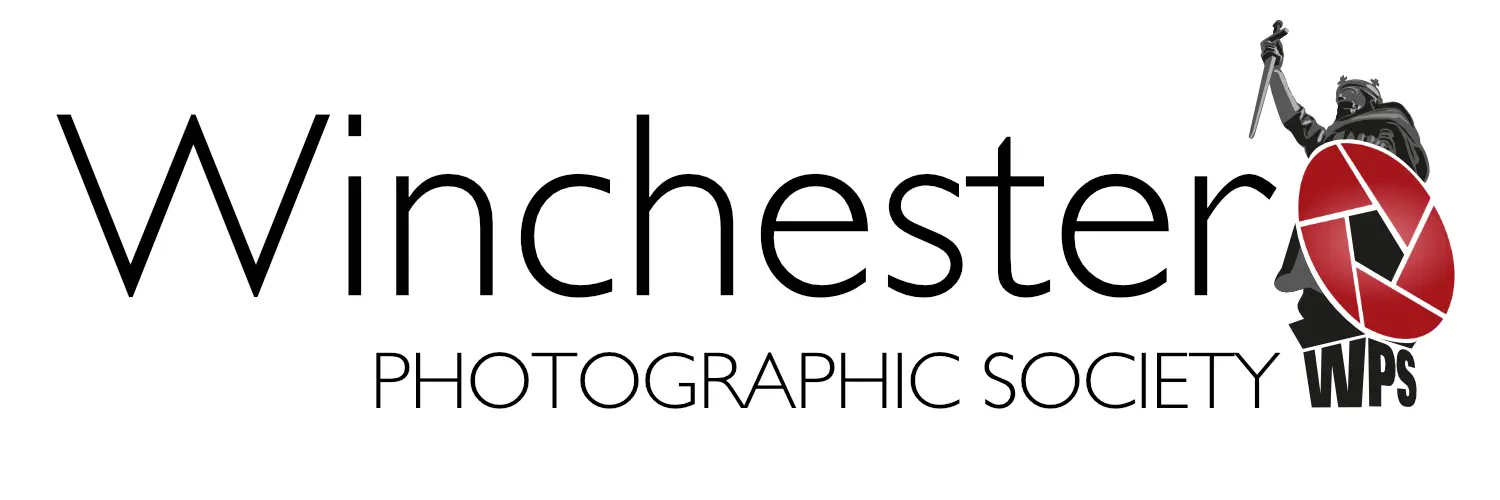Preparing Prints for Competitions & Exhibitions
Preparing Prints for Competitions & Exhibitions
By Louise Brown moc.t1766732132enret1766732132nitb@1766732132nworb1766732132.bl1766732132
This leaflet explains how to present your photographic prints for WPS competitions and the Annual Open Exhibition. The information also applies to inter-club competitions and exhibitions within the Southern Photographic Federation.
The Need for Mounting Prints
It’s all about protection and presentation.
Primarily a mount provides stiffening to allow a print to support itself when being displayed either on the print easel at competitions, hanging in an exhibition, or stored/transported in a print box with other prints. It protects the image from creasing and getting dog-eared at the edges, and in the case of recessed mounting, protects the surface of the print from rubbing against other prints when stacked or carried in bulk.
In terms of aesthetics, a mount around a print can greatly improve the presentation, adding contrast, impact and leading the eye into the picture.
There is no requirement to put prints in frames and behind glass – they would be too heavy, the glass would create reflections and there is the obvious danger of broken glass!
Methods of Mounting
There are two basic methods for mounting prints, the precise methods of which are explained in more detail further on:-
Surface Mounting: This is probably the simplest and easiest method, particularly when you are starting out. The print is simply stuck onto the front of your chosen mounting board. The print is afforded protection by stiffening, but be aware that the surface of the print is still liable to be scratched or rubbed when in contact with other prints.
Recessed Mounting A method requiring a little more skill and equipment, but worth the extra effort. A piece of mount board has an aperture cut in it, usually with bevelled edges, and the print is mounted behind the aperture. As well as producing a very professional finish, the main benefit of recessed mounting is that the front surface of the print is better protected from being rubbed by other prints when stacked or carried.
Mount Size
Mount Size
A standard mount size of 50cm x 40cm has been set by the Southern Photographic Federation and prints submitted to any inter-club competitions and exhibitions must adhere to this. At WPS we have also adopted this size ruling for our Annual Open Exhibition.
However, for our own WPS internal competitions we relax this slightly and allow mounts of up to 50cm x 40cm, thus allowing more modest sized mounts, which beginners often prefer especially if their prints are quite small. If you do choose to use a smaller size, please be aware that your image would have to be remounted if it were accepted for an external competition or for entry into our Annual Open Exhibition. You may therefore decide, as many do, to standardise on the 50cm x 40cm size.
Most print boxes are designed to accept the 50cm x 40cm size.
The finished mounted print must not exceed 4mm in overall thickness
Adhesive Tapes
Avoid using any type of tape which is not long lasting (eg decorators’ masking tape, parcel tape, cheap cellotape, etc.) These all suffer from poor quality adhesives which deteriorate over time causing the adhesive to fail. The poor quality adhesive often results in sticky residues along the edge of the tape which is damaging to anything else coming into contact with it wen it is laid down. Poor adhesive can also ‘creep’ and stain your print. Use a quality tape from a craft shop, such as those which claim to be ‘acid-free’ or ‘archival’ quality. The more precious your print, the more attention you need to pay to the quality of adhesive you use. But if a print is being mounted for a short-term use, you need not be too fussy.
Mounting Board
This can be coloured mountboard, foamcore board or in fact any suitably rigid cardboard that you have to hand (keep in mind the 4mm maximum thickness). If you are flush mounting your print, where none of the mounting board shows, you can afford to be less choosy than if you are having the mounting board ‘framing’ your print. In this case, consider carefully the colour of your mount, either a complimentary colour or a neutral (eg white, off-white, grey, black). Mountboard and foamcore board can be purchased in large sheets from craft shops and picture framers.
How to do it
Surface Mounting
With this method you are simply going to stick your photograph onto the front of your chosen mounting board. It is easier to start with a piece of mounting board that is larger than you actually want, stick your print onto it and then to accurately trim the perimeter to achieve the finished size (either flush or with border showing) You do not have to be too accurate with your positioning of your photograph as you can correct errors when trimming.
If, however, you start off with a mounting board of exactly the required finished size you will have to be pretty accurate when sticking down your photograph to avoid it being crooked! Careful measuring, light pencil guide marks (erased later of course!) and the use of a repositionable glue will help.
The sticking down can be achieved with a number of adhesive methods. Spray adhesives give a uniform adhesion and are easy to use. Some allow a small amount of repositioning after contact. Double-sided tape can be used – ensure that it is placed close to the perimeter of the print to avoid the edges lifting. When the print is in position lay a sheet of plain paper over it to protect the surface and press it down well to make sure it is stuck.
Recessed Mounting
Cutting the Aperture
Recessed mounting is a little more complicated and you will probably need to purchase a hand-held mount cutter which holds a blade at 45 degrees to cut the bevelled edges, as well as a special metal ruler with a channel that guides the blade exactly along the line that you have marked. Practise a few times on some off-cuts of mountboard before embarking on the real thing as there is quite a knack to it!
However one way to avoid this is by using ready-made recessed mounts. These can be bought from craft shops and come in a (limited) range of colours and standard sizes. The drawback is that your photograph has to conform to the standard size of the aperture, rather than to the unique dimensions of your image so you will have to make your prints match that size.
Alternatively, cut your own! When deciding on the size of the aperture don’t leave too little of the mounting board around the edges. Anything less than about 2″ of mountboard all round can lead to a rather floppy mounted print.
Once you have decided on the aperture size you want, mark out the lines on the reverse side of the mountboard. Position your mount cutter at the start of the cut (usually indicated with a guide mark on the mountcutter) and press firmly and make the cut in one move. Do not stop half-way, and do not go over the cut a second time or you will end up with a messy edge. When all four cuts have been made, the centre piece of your mountboard should fall out easily. If it doesn’t, take a craft knife blade and carefully insert it into the corner which is sticking and gently cut through the board to release the join. Do not pull it or it will tear and spoil your neat aperture.
Mount Assembly
The best way to mount your print is to fix it to a backing board which is then hinged to the front mountboard, ensuring that the print is positioned so that the aperture lines up with it. Start by hingeing the front mountboard to the backboard, usually along the longest edge, with a continuous strip of tape. Now place the print onto the backing board and adjust it until it is precisely positioned when viewed through the aperture in the top mountboard. Put a paperweight on it to hold it in position whilst you lift the top mountboard up and then attend to fixing it. Place a couple of short strips of tape along the top edge of the print, or a ‘T-hinge’ if you know how, leaving the other edges free to allow for expansion and contraction of the paper in differing temperatures and humidity levels. Next, using double sided tape, adhere the top mount board to the bottom backing board, both along the outer edges and also closer in towards the print itself if you feel it is necessary.
Do not economise by not using a backing board and simply taping your image directly to the front mountboard. The photograph will be unsupported and vulnerable to being damaged. If taped all around the edges of the print, as would be necessary to hold it in place, this will not allow the print to move in relation to the mount, often resulting in unsightly ripples appearing in the photograph over time, spoiling its presentation. More importantly, any tape used on the back of a mounted print can have sticky residues along its edges which very often causes it to stick to any other print coming into direct contact with it, eg when placed in a pile of prints at a competition night. You would not want to be responsible for damaging the surface of someone else’s valuable print!
Print Labelling
However you mount your print, it should be labelled on the back with at least this information:
• Your name
• The title of the print
• For WPS Monthly Competitions, the class in which you are entering, eg ‘Beginners’
Please ensure that the labelling reads correctly when the print is held the correct way up! And do not put any information on the front of the print.
Good Luck ! If you need any further help, please do give me a call.
Louise Brown Rev Oct 13

